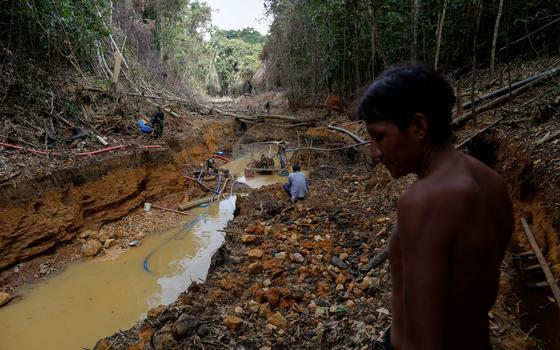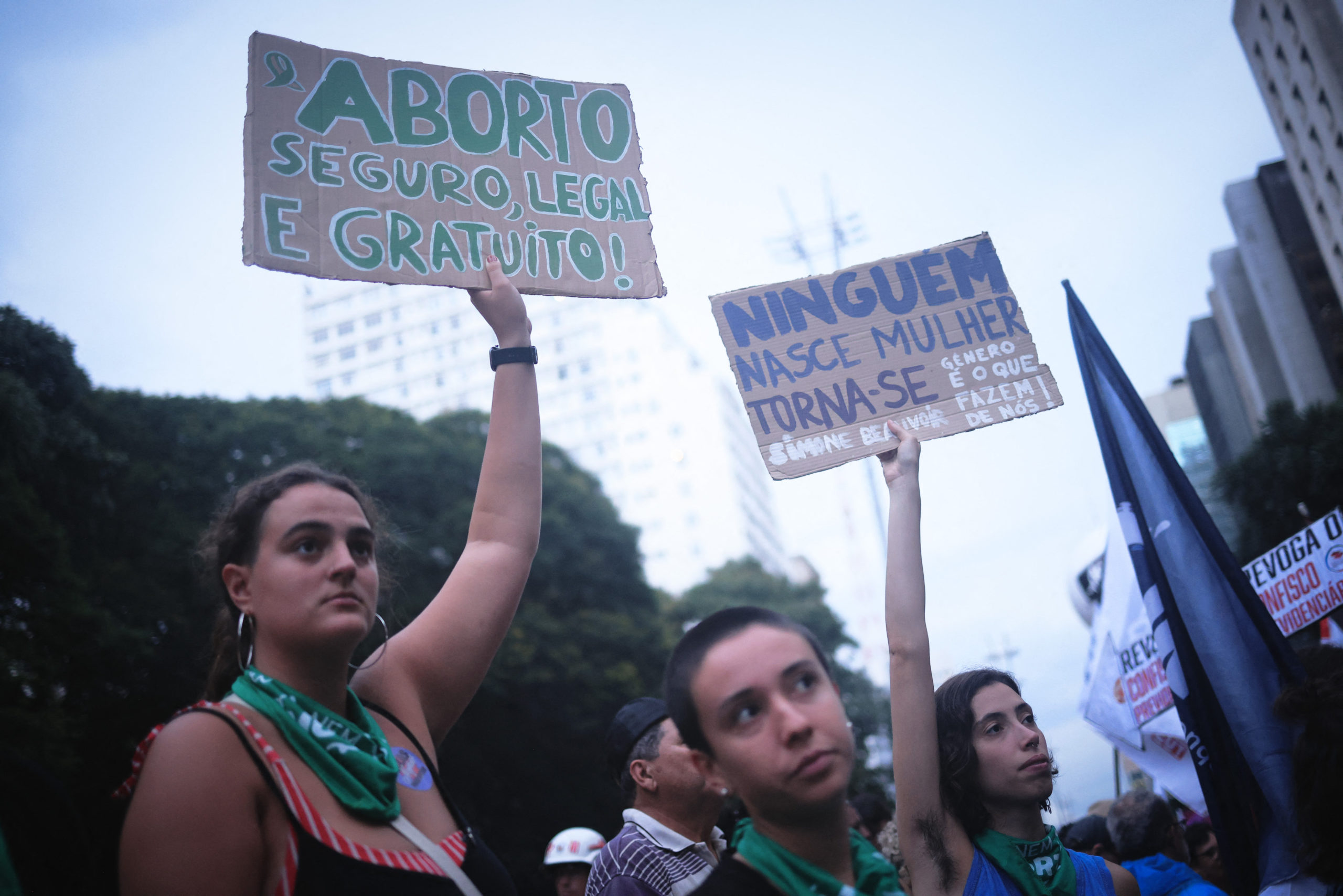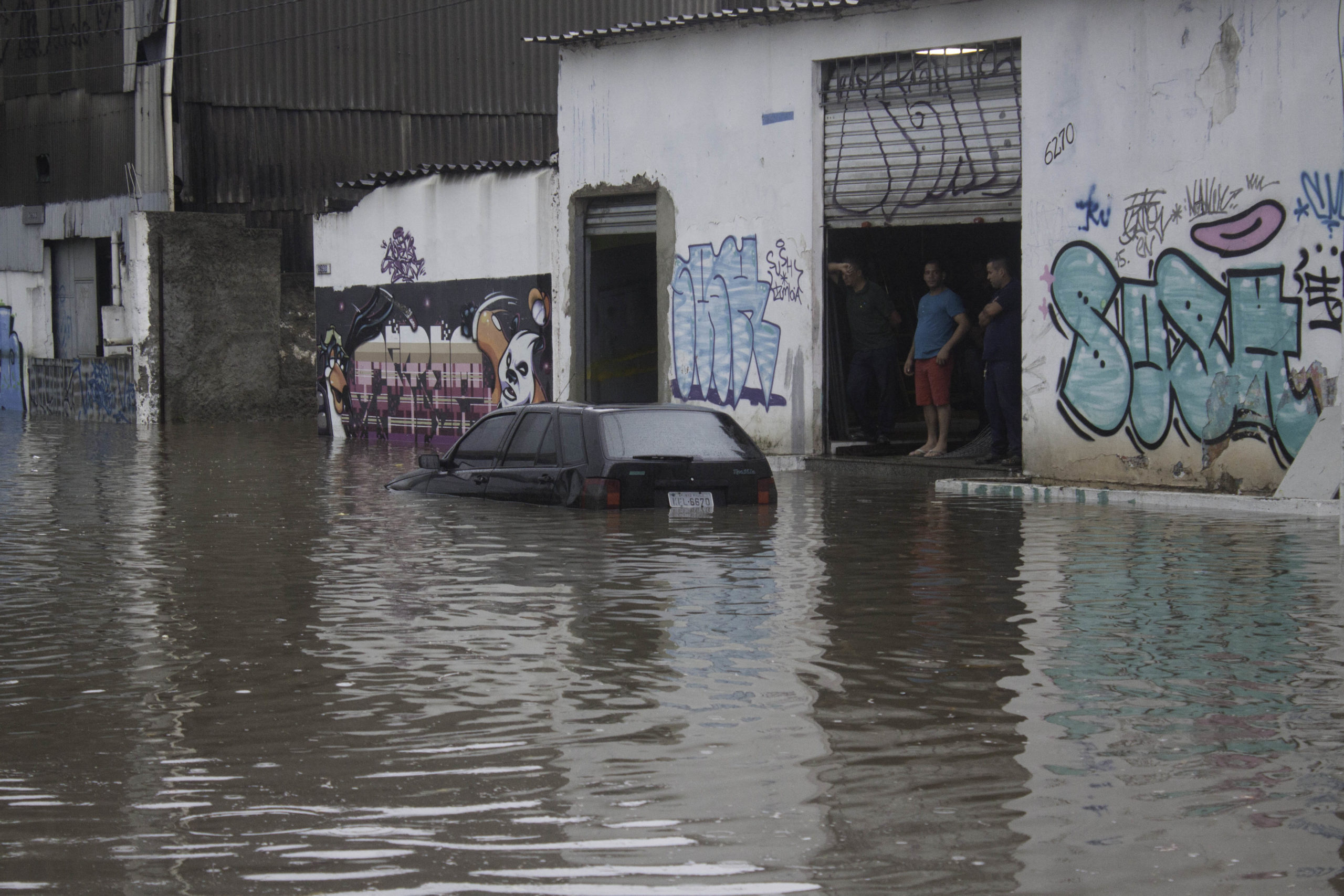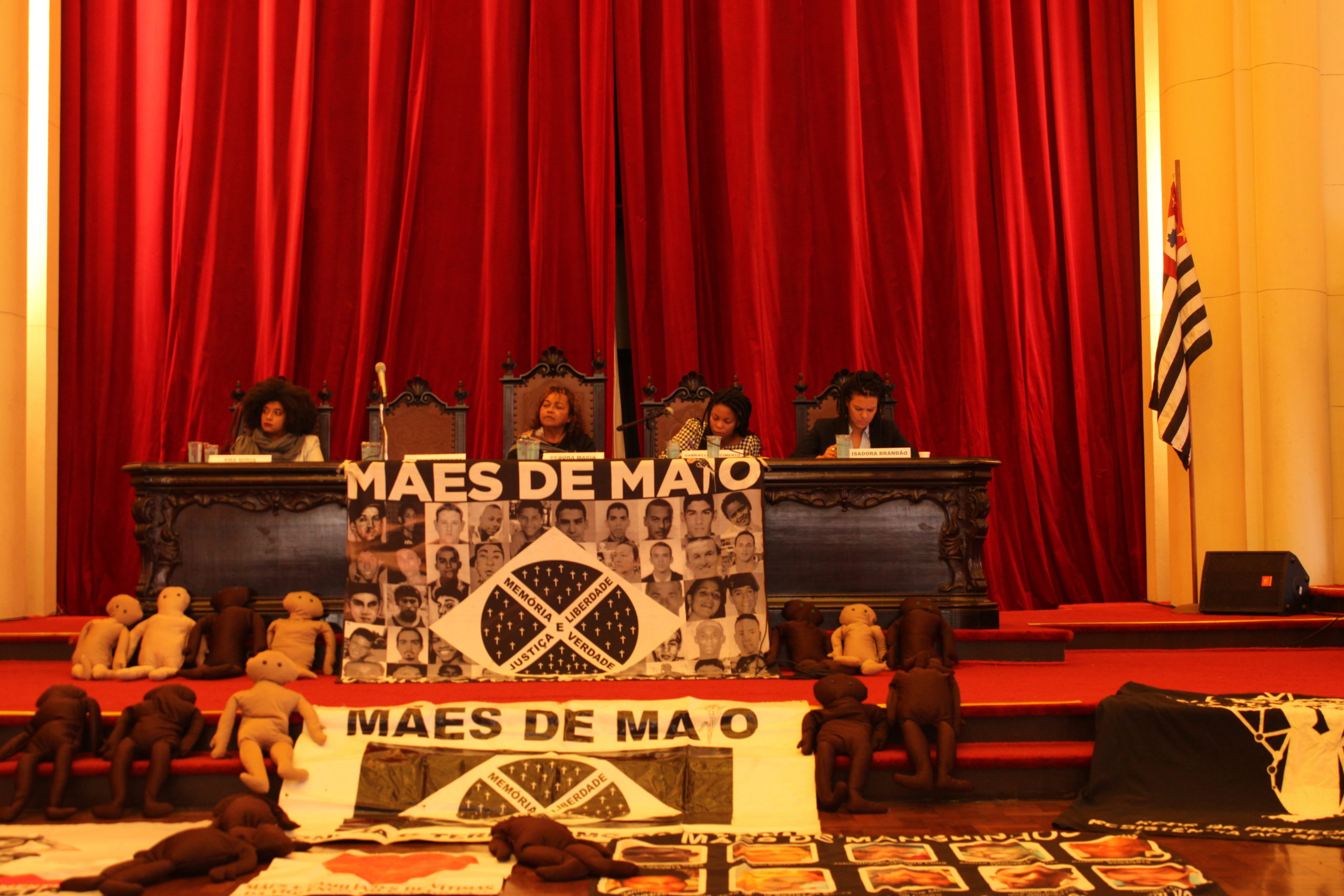Data show dozens of new rules published over the past two years to weaken environmental protection legislation
Data show dozens of new rules published over the past two years to weaken environmental protection legislation

This is not the first time that Dário Kopenawa, son of the leader Davi Kopenawa, has watched white men build roads and dig up his lands in search of precious stones. Of the threats posed by illegal mining, one concern is the release of xawara, diseases buried in the soil by Omama, the creator of all living beings in Yanomami culture.
“My ancestors were killed by the same thing that I’m facing: illegal mining and an epidemic,” said Dário in an interview to the newspaper El País, recalling the measles outbreak that resulted from the construction of the Northern Perimeter Highway (BR-210), during the years of the military dictatorship. “The Yanomami are being infected by miners. People are getting sick. We are very worried and very sad. Where there is mining there are symptoms of Covid-19.″
Although illegal activity on indigenous lands is nothing new, the problem has taken on new proportions due to the pandemic and the disregard of the government. Research conducted by the newspaper Folha de S.Paulo with the Talanoa Institute shows that, between March and May 2020, a total of 195 rules on the environment were published in the Federal Gazette – in the same period in 2019, there were 16. According to the analysis, the purpose of some of the sub-legal measures was to change the interpretation of the law.
These measures are in line with the declaration made by the Environment Minister Ricardo Salles at the cabinet meeting on April 22: “We need to make an effort while we are in this calm moment in terms of press coverage, because they are only talking about Covid, and push through and change all the rules and simplify norms.” Before that, in February, President Jair Bolsonaro had already sent Congress a bill to regulate mining and power generation on indigenous lands.
Mining on indigenous lands and deforestation
According to alerts in the Deter system (Deforestation Detection in Real Time) of Inpe (National Space Research Institute), 72% of all the mining in the Amazon between January and April 2020 took place inside protected areas. The Munduruku and Sai Cinza Indigenous Lands, in the state of Pará, alone account for 60% of the alerts of deforestation for mining in the Amazon. Also according to Inpe, deforestation in the region grew 34% from August 2019 to July 2020, compared to the same period the year before. In June, the Amazon biome reached the milestone of 14 consecutive months of increased destruction compared to the previous year.
“Since the start of this pandemic, indigenous peoples have been demanding that the Brazilian State guarantee the protection of their lands, by immediately removing trespassers. But nothing has been done in this regard. This is one of the most effective and necessary measures to prevent a new genocide from happening in this country in the 21st century – which would be totally unacceptable and immoral!” lamented Carol Marçal, of Greenpeace Brazil’s Amazon campaign, on the NGO’s website.
By the end of August, according to Apib (Association of Indigenous Peoples of Brazil), there were 28,815 confirmed cases of infections among indigenous people, with a total of 757 deaths and 156 tribes affected.
Before xawara is released, some initiatives are being taken by the indigenous peoples themselves and by non-governmental organizations. In June, Dário Kopenawa was one of the organizers of the campaign “Miners Out, Covid Out!”, which has already denounced the presence of more than 20,000 illegal miners on indigenous lands and which is supported by Conectas and a number of other organizations. “I’m fighting for the right to live in peace, without disturbance. For the right to live, to drink clean water, for the life of the Yanomami people.”


